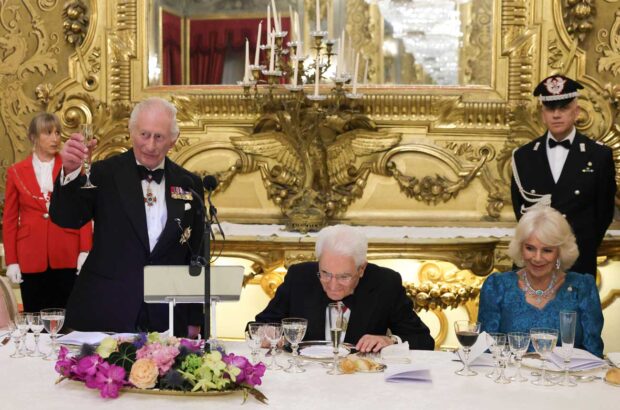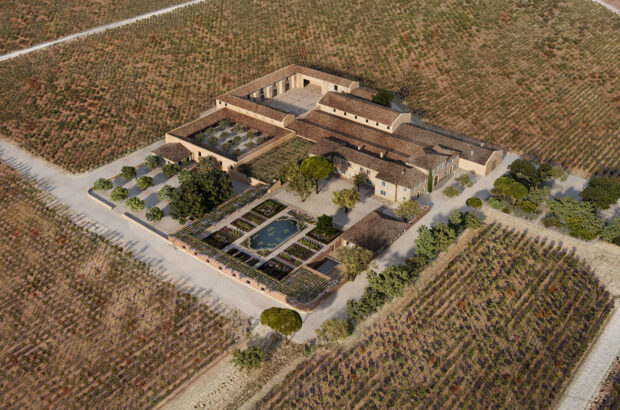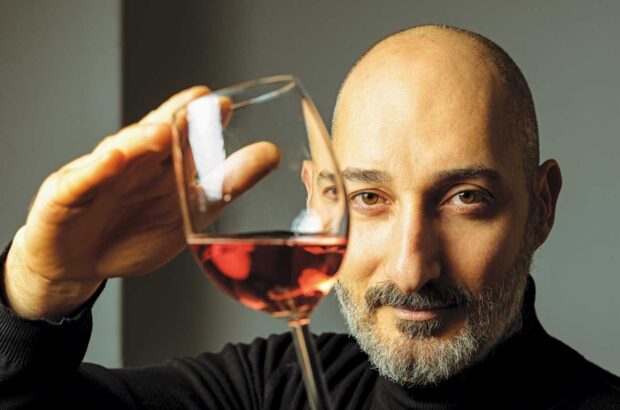Why it makes the Decanter hall of fame?
Vega Sicilia, Unico 1964, Ribera del Duero, Spain
Bottles produced 96,000
Composition of blend 65% Tempranillo, 20% Cabernet Sauvignon, 15% Merlot, Malbec & Albillo
Yield N/A
Alcohol 13.5%
Release price 2,700 pesetas (equivalent to €16)
Price today £473 (average price at auction)
A legend because
Vega Sicilia is Spain’s most prestigious estate, and, until the 1950s, probably the only one with an international reputation. Most of its production goes into a wine called Valbuena – it is made from younger vines and contains more Merlot than Cabernet Sauvignon, and is aged for five years before release – but the finest parcels are reserved for Unico. This wine is produced only in the top vintages, and 1964 was truly outstanding in Ribera del Duero. It also happened to be the centenary of the founding of Vega Sicilia.
Looking back
The estate was founded in 1864 and planted mostly with French varieties brought back as cuttings from Bordeaux by Eloy Lecanda, whose father owned the property. These flourished alongside the local Tinto del Pais, today known as Tempranillo. By the early 20th century, Vega Siclia was already recognised for its supreme quality. But distribution was restricted primarily to friends of the family. In 1964, the company was under the stewardship of Jesús Anadón, who used his prestige to help found the Ribera del Duero DO in 1982.
The vintage
The winter was cold and rainy, but the summer was exemplary for vines, with cool nights alternating with hot days. The harvest took place in early October, also in fine conditions.
The terroir
The vines, of which a high proportion are old, occupy more than 200 hectares at an elevation of around 700 metres. The soils are dominated by limestone and schist, and the fact that many vineyards are planted on north-facing slopes means good acidity levels are retained in the grapes and wines. Although French varieties still play a part in the Vega Sicilia blends, the lion’s share is Tempranillo, which is trained as bush vines; by contrast, the Cabernet Sauvignon and Merlot are trained along wires using the Guyot system, as in Bordeaux. Green-harvesting, as well as the naturally low production of the old vines, keep yields in check. Harvesting is highly selective, with picking dates varying according to the variety, parcel and age of the vines.
The wine
The winemaking at Vega Sicilia has always been extremely complicated, and the winemakers have often been reluctant to spell out their techniques in any detail. What characterises Unico, a Gran Reserva, is that it is aged for many years both in small American and French oak barrels (coopered on the premises), both new and older, as well as in larger casks and sometimes cement tanks, often going back and forth between these options. The winemakers were aware of the risks of oxidation and volatile acidity, to which Unico is prone, so the barrels were always kept topped up. The process is prolonged as well as complex, and in some vintages the wine was aged for 16 years before being bottled and released (though more recent vintages have only spent about six years in wood). Inevitably, the blend varies slightly from year to year. Bottling dates could also vary, depending on the demand for the wine. The 1964 vintage, made by Jesús Anadón, began its life in large casks for two years, then a further two years in 575-litre barrels, and completed its ageing in mostly older barrels for a further seven years. It first appeared on the market in 1976.
The reaction
Decanter’s Michael Broadbent, tasting the wine over a span of 10 years, remarked: ‘Initially tannic but eventually beautifully evolved.’ He observed that Unico is a wine that requires decanting and proper aeration for the bouquet to display itself fully.
In 2001 Serena Sutcliffe MW of Sotheby’s detected ‘earthy mushrooms on the nose, with violets and aniseed. Lovely, opulent, Burgundian taste. Sweet, melting violetty fruit’.







